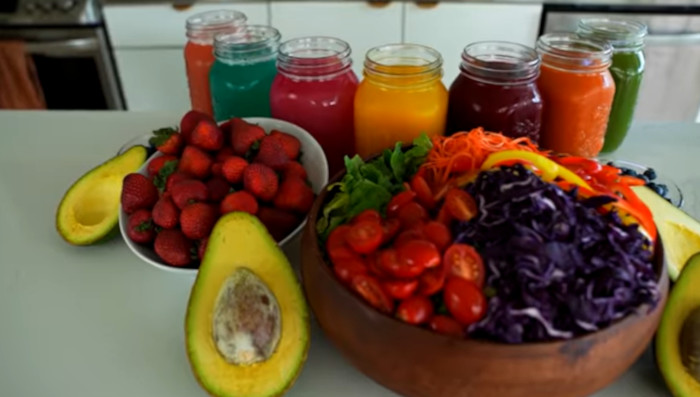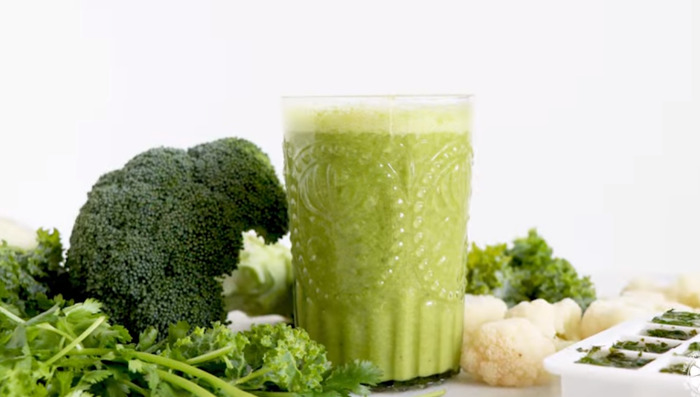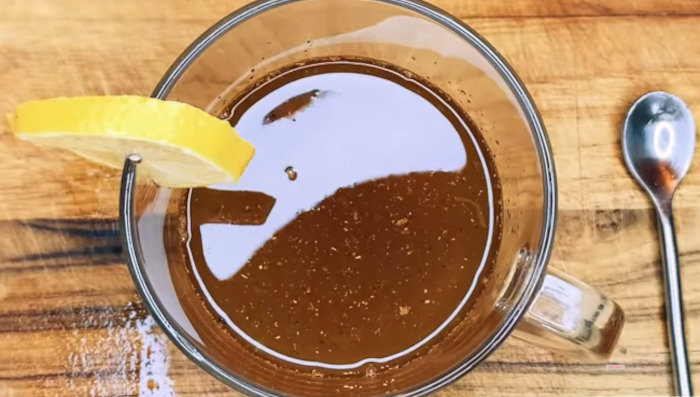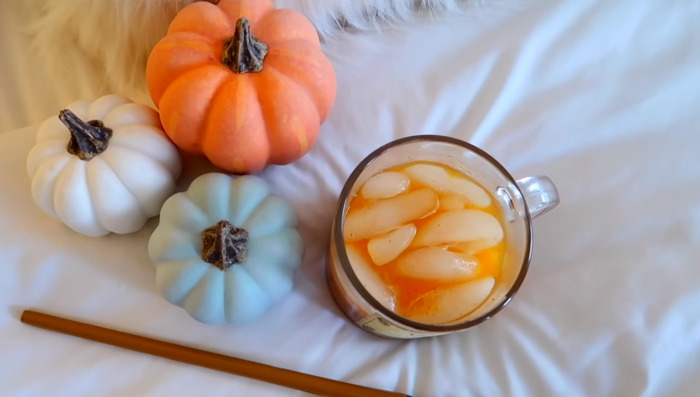Juice cleanses are a popular trend, but they’re often misunderstood. As an expert in nutrition and wellness, I’m here to shed light on the subject. Let’s dive into the world of low-sugar juice cleanses, a practice that can offer tangible benefits when done right.
First, it’s essential to recognize that juice cleanses are not a “magic bullet” for weight loss or detoxification. Your body already does a fantastic job of removing toxins, thanks to your liver. Drastic weight loss through a juice cleanse can be unhealthy and may shock your system.
However, a low-sugar juice cleanse can offer real advantages. It can boost your immune system, improve digestive health, and add essential vitamins and nutrients to your diet. But it’s not without its challenges. You must be mindful of the fruits you use, as some can be high in sugar. And don’t expect to undo years of liver damage or shed tons of weight overnight.
In this guide, we’ll explore the benefits of a low-sugar juice cleanse, provide some delicious recipes, and offer practical tips to make your cleanse successful. Whether you’re looking to restore liver function, lose a few pounds, or simply reset your dietary habits, this guide will help you do it the right way.
Equipment for Making Low Sugar Juice Recipes:
- Juicer: A high-quality juic:er extracts juice from fruits and vegetables, separating the pulp. It’s essential for making fresh juices.
- Blender: If you prefer a thicker consistency or want to blend leafy greens, a powerful blender is your go-to tool.
- Strainer or Cheesecloth: To achieve a smoother texture, you might need a fine-mesh strainer or cheesecloth to remove any remaining pulp or fibers.
- Chopping Board and Knife: These are necessary for cutting and preparing the ingredients before juicing.

- Citrus Juicer or Reamer: For recipes that call for fresh lemon or lime juice, a citrus juicer or reamer helps you extract the juice without the seeds.
- Measuring Cups and Spoons: Accurate measurements ensure that your juice has the right balance of flavors.
- Serving Glasses: Choose attractive serving glasses to present your juice in a visually appealing way.
- Storage Containers: If you’re making juice in bulk, airtight storage containers keep it fresh in the refrigerator.
- Peeler: For ingredients like ginger or if you prefer to peel certain fruits and vegetables, a good peeler is handy.
- Spatula: A spatula helps in scraping out every last drop of juice from the blender or juicer.
- Ice Cube Trays (Optional): If you like your juice chilled, ice cube trays can be used to freeze some of the juice for a cooler drink.
Having the right equipment on hand makes the process of preparing low sugar juice recipes efficient and enjoyable.
3 Delicious Low-Sugar Juice Recipes:
1.Honey Lemonade
Ingredients:
These simple ingredients come together to create a delightful honey lemonade:
- Lemons: 2 large, freshly squeezed. Lemons add a tangy flavor and are rich in vitamin C.
- Honey: 2 tablespoons, preferably raw. Honey provides natural sweetness without refined sugar.
- Water: 1 liter, filtered or spring. Water is the base of the lemonade.
- Ice: Optional, for serving. Ice chills the lemonade for a refreshing drink.
- Mint Leaves: A few sprigs, for garnish. Mint adds a fresh aroma and a hint of flavor.
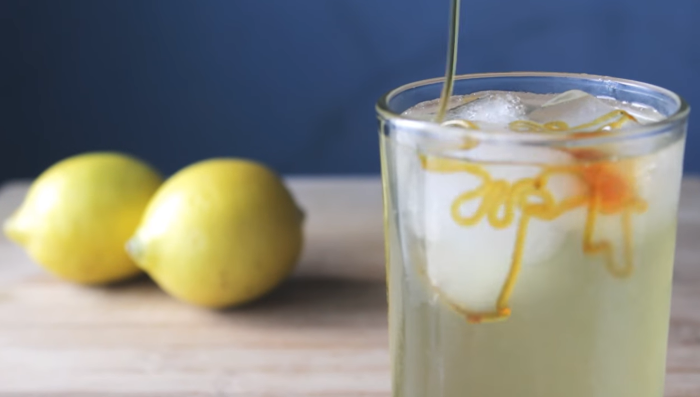
Instructions:
Following are the instructions for making Honey Lemonade:
- Squeeze the Lemons: Cut the lemons in half and squeeze the juice into a pitcher. You’ll need about 1/2 cup of fresh lemon juice.
- Add Honey: Pour the honey into the pitcher. If using raw honey, you might want to warm it slightly to make it easier to blend.
- Stir to Combine: Use a spoon or whisk to mix the lemon juice and honey together until well combined.
- Add Water: Pour the water into the pitcher, stirring as you go to ensure everything is well mixed.
- Taste and Adjust: If needed, add more honey or lemon juice to taste. Remember, this is a low-sugar recipe, so be mindful of the sweetness.
- Chill or Serve over Ice: Place the pitcher in the refrigerator to chill or serve immediately over ice.
- Garnish with Mint: If using, add a sprig of mint to each glass for a fresh touch.
- Enjoy: Serve in chilled glasses and enjoy your homemade honey lemonade!
2.Celery Ginger Juice:
Ingredients:
These ingredients create a low-sugar juice that’s packed with nutrients and flavors:
- Celery Stalks: 5 large stalks, washed and trimmed. Celery is the base of this juice and adds hydration.
- Fresh Ginger: 1-inch piece, peeled. Ginger adds a zesty kick and has anti-inflammatory properties.
- Green Apple: 1 medium-sized, cored. Adds a touch of sweetness without too much sugar.
- Lemon: 1 whole, juiced. Lemon brightens the flavor and adds vitamin C.
- Cucumber: 1 small, peeled if desired. Cucumber adds volume and a refreshing taste.
- Water: 1 cup, if needed to thin the juice.
- Ice: Optional, for serving.

Instructions:
Here are the instructions will help you to make a Celery Ginger Juice:
- Prepare the Ingredients: Wash and trim the celery stalks, peel the ginger, core the apple, and juice the lemon. If using, peel the cucumber.
- Chop the Ingredients: Cut the celery, ginger, apple, and cucumber into pieces that will fit into your juicer.
- Juice the Ingredients: Place the chopped ingredients into the juicer, starting with the celery, followed by the ginger, apple, cucumber, and finally the lemon juice.
- Check the Consistency: If the juice is too thick, you can add water to reach your desired consistency.
- Strain (Optional): If you prefer a smoother juice, you may strain it through a fine-mesh strainer.
- Serve: Pour the juice over ice if desired, or enjoy it chilled.
- Store: If not consuming immediately, store the juice in an airtight container in the refrigerator for up to 48 hours.
3.Zero Sugar Green Juice:
Ingredients:
These ingredients come together to create a Zero Sugar Green Juice that’s not only refreshing but also packed with nutrients.
- Kale: 2 cups, packed tightly, for a rich source of vitamins and minerals.
- Spinach: 1 cup, another nutrient-dense leafy green.
- Cucumber: 1 whole, peeled, for hydration and a mild flavor.
- Celery Stalks: 2, for added liquid and a touch of saltiness.
- Green Apple: ½, cored, for a hint of natural sweetness without added sugar.
- Lemon: 1, juiced, to add brightness and balance the flavors.
- Ginger: 1-inch piece, peeled, for a spicy kick and digestive benefits.
- Mint Leaves: A handful, for a refreshing twist.
- Water: Optional, to adjust consistency.
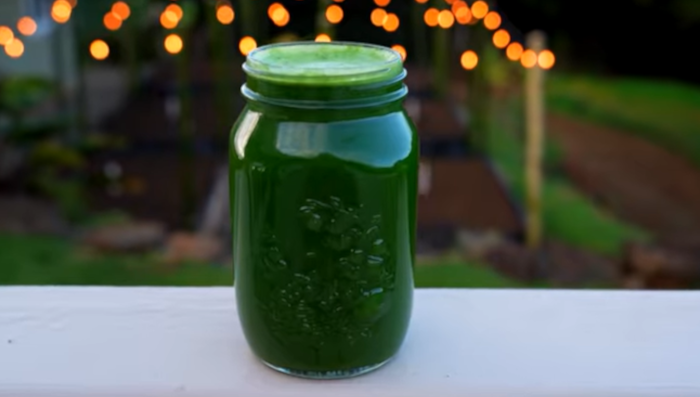
Instructions:
Follow these instructions to create zero sugar green juice:
- Wash Ingredients: Start by thoroughly washing the kale, spinach, cucumber, celery, green apple, lemon, ginger, and mint leaves.
- Prep Ingredients: Chop the cucumber, celery, and green apple into manageable pieces. Peel and chop the ginger. Juice the lemon.
- Blend Greens: In a blender, combine the kale and spinach with a little water if needed. Blend until smooth.
- Add Remaining Ingredients: Add the cucumber, celery, green apple, lemon juice, ginger, and mint leaves to the blender.
- Blend Again: Blend all the ingredients together until smooth and well combined.
- Strain (Optional): If you prefer a smoother juice, strain the mixture through a fine-mesh strainer or cheesecloth.
- Adjust Consistency: If the juice is too thick, you can add water to reach your desired consistency.
- Taste and Adjust: Taste the juice and adjust the flavors as needed. You might want to add more lemon juice or ginger for extra zing.
- Serve Chilled: Pour the juice into glasses and serve chilled. You can also store it in the refrigerator for later use.
What are the Benefits of Low Sugar Juice?
Low sugar juices offer a refreshing and nutritious alternative to sugary beverages. Here are the benefits of low sugar juices:
- Blood Sugar Control: Low sugar juices help in maintaining stable blood sugar levels, reducing the risk of spikes that can lead to type 2 diabetes.
- Weight Management: Without added sugars, these juices can aid in weight loss by providing nutrients without excess calories.
- Enhanced Nutrient Intake: By focusing on vegetables and low-sugar fruits, you ensure a higher intake of vitamins, minerals, and antioxidants.
- Improved Digestive Health: Many low sugar juice recipes include ingredients that promote digestive health, such as ginger and celery.
- Liver Health Support: Certain ingredients like beetroot and lemon can support liver function, without the burden of excess sugar.
- Boosted Immune System: The vitamins and antioxidants in low sugar juices can slightly enhance the immune system.
- Reduced Risk of Chronic Diseases: Lower sugar intake is associated with a reduced risk of certain chronic diseases, including heart disease.
- Customizable Taste: You have control over the sweetness by selecting specific fruits and vegetables, allowing for a tailored taste without relying on artificial sweeteners.
- Hydration: Low sugar juices can contribute to daily hydration needs, especially when water-rich vegetables like cucumber are included.
- Skin Health: The vitamins and hydration from low sugar juices can contribute to healthier skin appearance.
- Detoxification (with Caution): While the term “detox” is often misused, a well-balanced low sugar juice cleanse can support the body’s natural detoxification processes, but it’s not a cure-all.
How to store low-sugar juice?
Storing low-sugar juice properly is essential to maintaining its quality, flavor, and nutritional value. By following these simple and practical tips, you can enjoy your homemade low-sugar juice at its best:
- Use Airtight Containers: Store the juice in airtight containers or bottles to keep it fresh. It prevents air from entering and oxidizing the juice.

- Refrigerate Immediately: Place the juice in the refrigerator right after juicing. It helps in preserving the nutrients and taste.
- Avoid Prolonged Storage: Consume the juice within 24 to 48 hours. The longer it’s stored, the more nutrients it may lose.
- Don’t Fill to the Brim: Leave some space at the top of the container. It allows for expansion if the juice freezes.
- Label with Dates: If you’re making batches, label them with the date of preparation. It helps you keep track of freshness.
- Use Freezer for Longer Storage: If you need to store the juice for more than a couple of days, consider freezing it. Remember to thaw it in the refrigerator before consumption.
- Avoid Transparent Containers: If possible, use containers that are not transparent. Exposure to light can degrade some nutrients.
- Shake Before Use: Natural separation may occur in stored juice. Give it a good shake before consuming.
- Avoid Repeated Temperature Changes: Don’t take the juice in and out of the refrigerator repeatedly. It can lead to spoilage.
- Consider Individual Servings: If you’re making a large batch, consider storing in individual serving sizes. It makes it convenient and minimizes exposure to air.
- Use Fresh Ingredients: The freshness of the ingredients plays a vital role in how well the juice stores. Always use fresh fruits and vegetables.
- Avoid Adding Ice: If you want to chill the juice, avoid adding ice directly to the container as it can dilute the flavor.
How to Include Low Sugar Juice in Your Routine?
Incorporating low sugar juices into your daily routine doesn’t have to be complicated. With a little planning and creativity, you can enjoy the benefits of these nutritious beverages without feeling deprived of flavor or satisfaction.
- Start Your Day Right: Replace your morning sugary drink with a glass of low sugar green juice. It’s a refreshing way to begin the day with a nutrient boost.
- Snack Replacement: Instead of reaching for a sugary snack, have a glass of homemade celery ginger juice. It’s satisfying and nourishing.
- Meal Complement: Serve low sugar juice like honey lemonade with your meals. It adds flavor without unnecessary sugar.
- Post-Workout Hydration: After exercise, hydrate with a zero sugar juice that includes electrolyte-rich ingredients like cucumber.
- Experiment with Recipes: Try different low sugar juice recipes to find your favorites. Include various fruits and vegetables to keep it exciting.
- Use the Right Equipment: Invest in a good quality juicer that retains the nutrients in your ingredients. It makes the process easier and more efficient.
- Plan Ahead: Prepare your juices in advance and store them in the fridge. It ensures you always have a healthy option ready.
- Mind Your Portions: Even low sugar juices can add up in calories. Be mindful of your portion sizes, especially if weight management is a goal.
- Educate Yourself: Understand the sugar content of different fruits and vegetables. It helps you make informed choices for your recipes.
- Consult a Nutritionist if Needed: If you have specific dietary needs or health conditions, consulting with a nutritionist can help you tailor your low sugar juice routine safely.
- Integrate with a Balanced Diet: Remember, low sugar juices are a part of a balanced diet. They complement whole foods and should not replace entire meals.
Conclusion:
In conclusion, embracing low-sugar juice in your daily routine is not only a healthy choice but also an enjoyable culinary adventure. From the selection of fresh ingredients to the careful preparation and storage, every step offers an opportunity to tailor your juice to your taste and nutritional needs. The benefits of low-sugar juice extend beyond mere refreshment, contributing to overall wellness.
By understanding the right equipment, ingredients, and methods, you can create delightful juice recipes that align with your health goals. Whether it’s the tangy Honey Lemonade, the invigorating Celery Ginger Juice, or the nutritious Zero Sugar Green Juice, the options are endless and customizable. With these insights, you’re well-equipped to embark on a journey of flavorful, low-sugar juicing that complements your lifestyle and nourishes your body.
FAQs:
Can low-sugar juice help with weight loss?
Yes, low-sugar juice can be a helpful component in weight loss. By reducing sugar content, these juices minimize empty calories, allowing for better control over daily caloric intake. Incorporating fresh, nutrient-dense ingredients like celery and ginger, low-sugar juices can provide essential vitamins and minerals without the added sugars that may hinder weight loss goals. It’s a refreshing way to stay hydrated and nourished while aligning with a weight-conscious lifestyle.
What juices have the least sugar?
Juices with the least sugar are typically those made from vegetables rather than fruits. Ingredients like celery, cucumber, kale, and spinach are popular choices for low-sugar juices. When fruits are included, opting for those with lower sugar content, such as berries or green apples, can help keep sugar levels minimal. Always check labels if purchasing pre-made juices, as some may contain added sugars. Making juices at home allows for complete control over the ingredients, ensuring a truly low-sugar option.
Related Read: How To Prepare Healthy Juices For Lowering Blood Sugar Levels?

